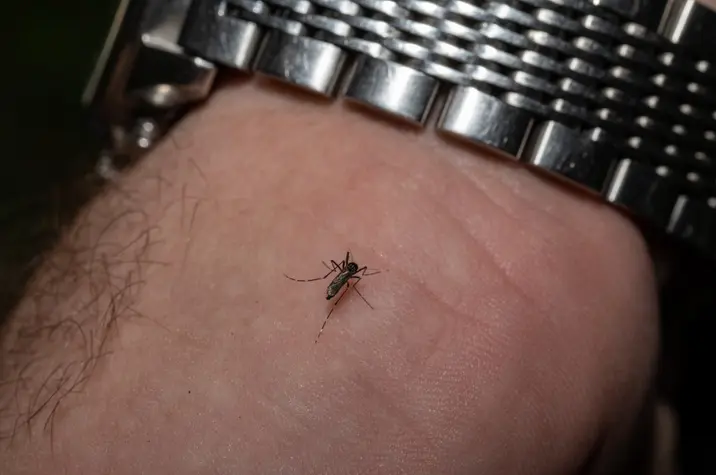T4K3.news
Three West Nile virus cases confirmed in Utah counties
Health officials confirm three West Nile virus cases in Cache and Salt Lake counties, emphasizing ongoing precautions against mosquito bites.
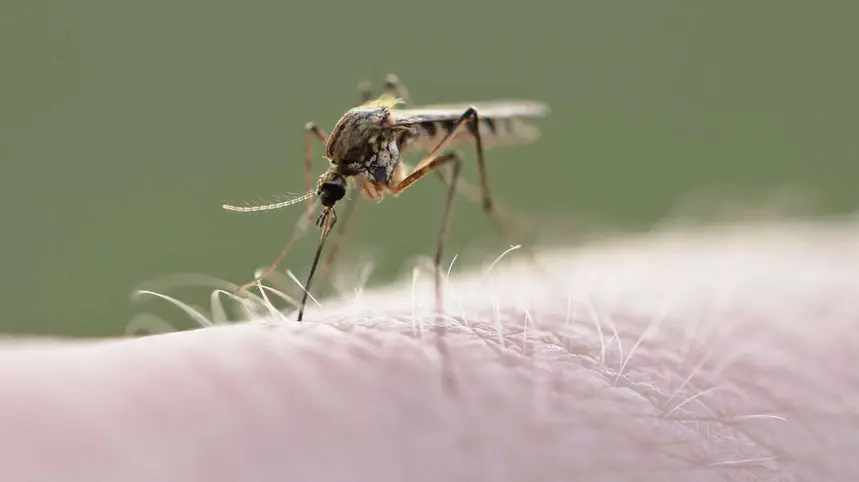
Health officials report three West Nile virus cases in Cache and Salt Lake counties, with warnings of rising mosquito activity this season.
Three West Nile virus cases confirmed in Utah counties
The Bear River Health Department confirmed two human West Nile virus cases in Cache County on Friday. The Salt Lake County Health Department followed on Thursday with one adult diagnosed with neuroinvasive West Nile virus, who was hospitalized earlier this month and is now recovering at home. Officials say the likely infection occurred in the southern part of the county near the Jordan River in July. West Nile virus is spread by mosquitoes, and authorities urge people to guard against bites to prevent illness.
Across the state, mosquito testing shows 108 samples positive for West Nile virus this year. The infected mosquitoes can travel several miles, so residents near affected areas should take precautions. The Utah Department of Health and Human Services reported a 1.53% rate of positive mosquito pools this year, higher than 1.41% in 2024 and 0.99% in 2023. Symptoms typically appear two to 14 days after a bite; many people have no symptoms, while others have mild illness. Less than 1% develop the neuroinvasive form, which can cause serious complications. Public health guidance emphasizes the 5 Ds: drain standing water, avoid outdoor activities at dawn and dusk, use DEET-based repellent, wear long sleeves and pants, and keep doors and window screens in good repair.
Key Takeaways
"The 5 Ds are not optional, they are a shield against bites."
Bear River Health Department guidance on preventing bites
"Many people will not feel sick, but West Nile can still be serious."
Public health official explaining neuroinvasive risk
"Protecting your family starts with small daily choices."
Editorial note on public health messaging
"This season shows why mosquito control matters for every neighborhood."
Public health advocate
The rise in detections fits a familiar pattern for warm months when mosquitoes are active and people spend more time outdoors. Public health officials rely on surveillance data to guide messaging and prevention efforts, and the current figures underscore the need for sustained mosquito-control funding and community awareness. The data also highlight a broader challenge: many West Nile infections are asymptomatic, which means the disease can spread undetected in a population that remains vigilant mainly when cases rise.
Looking ahead, the story is about balance. Communities benefit from practical protection—long sleeves, screens, and eliminating standing water—without letting fear eclipse everyday life. The episode raises questions about how local authorities allocate resources for mosquito control as summers grow longer and warmer, and how residents can maintain protective habits beyond peak seasons.
Highlights
- Protect yourself now before the bite happens
- Small daily actions beat a hidden threat that travels miles
- Public health is a shared shield not a single act
- Mosquito protection matters for every neighborhood
West Nile risk in Utah health context
The report shows rising mosquito-borne disease activity across multiple counties and ongoing public health guidance, with potential implications for funding and community response to control efforts.
Protecting communities starts with everyday actions and steady vigilance.
Enjoyed this? Let your friends know!
Related News

West Nile virus case confirmed in Utah
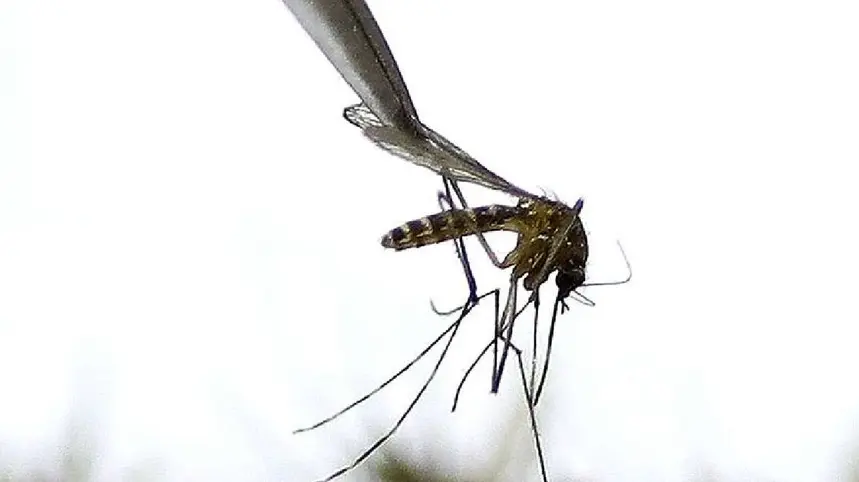
St Louis Encephalitis detected in Salt Lake mosquitoes
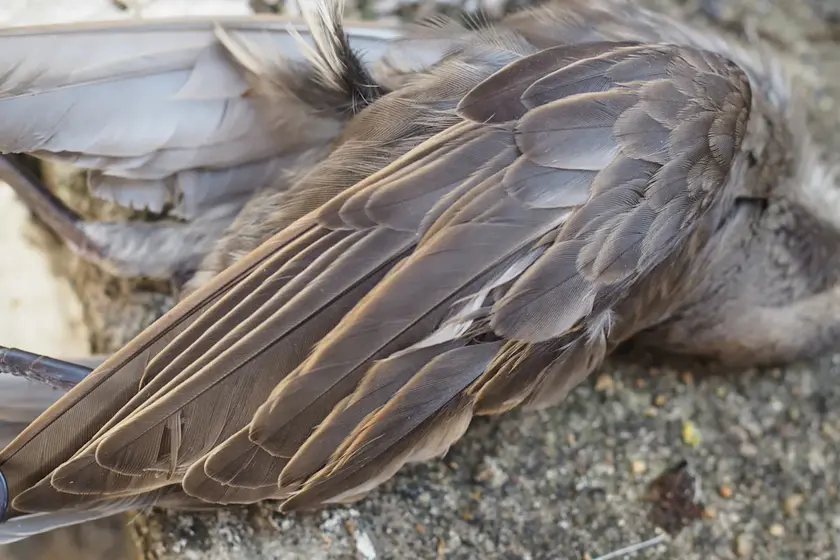
Three dead birds test positive for West Nile virus
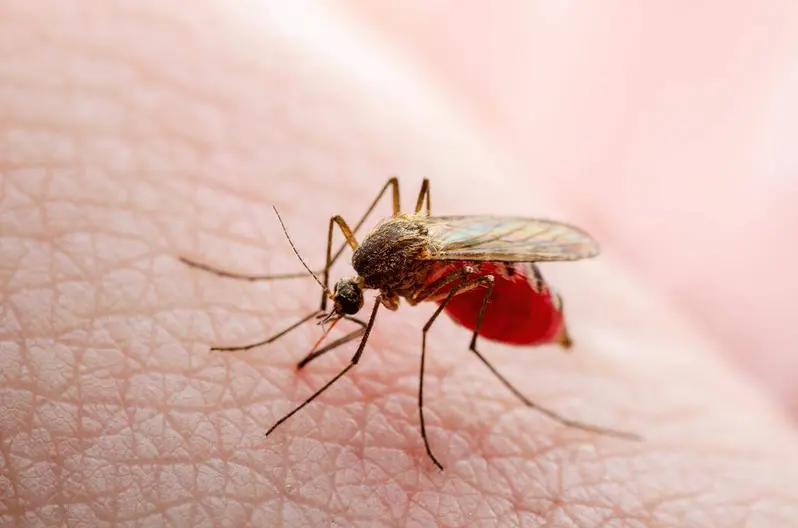
West Nile virus activity rises in California counties
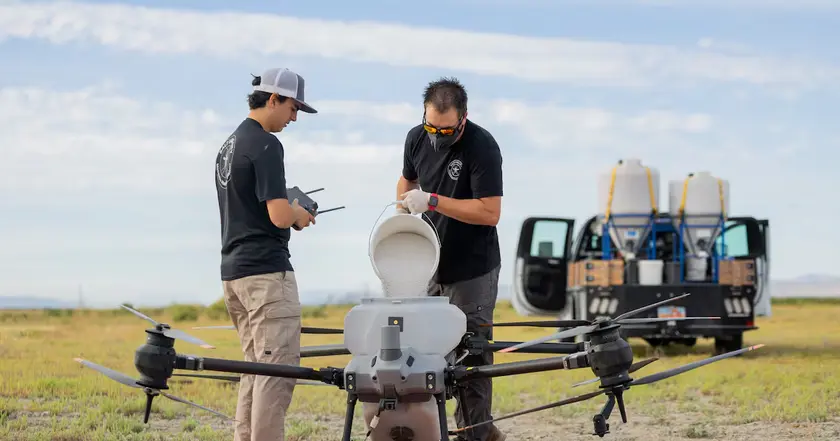
Drones deployed to curb West Nile virus in Utah
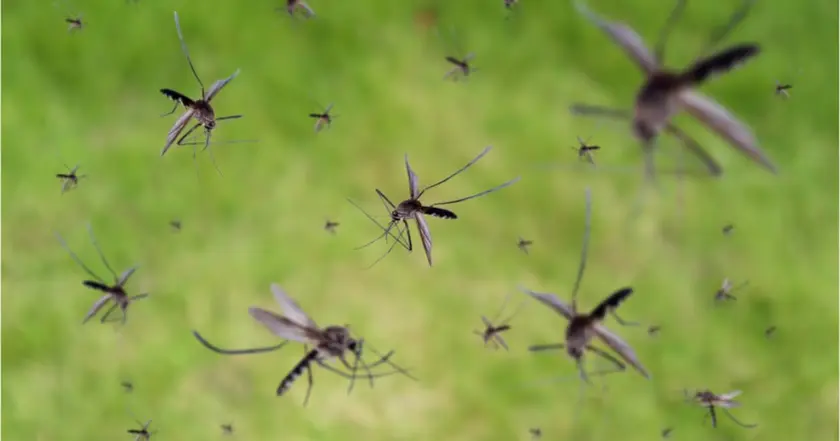
West Nile risk up in 10 MA towns
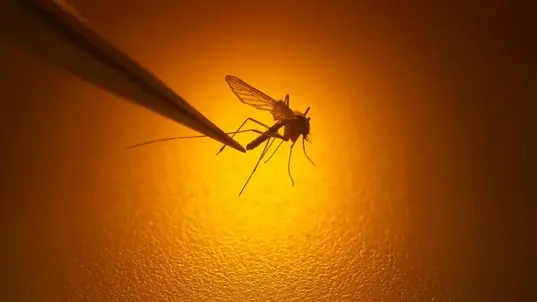
West Nile risk now high in 10 Massachusetts communities
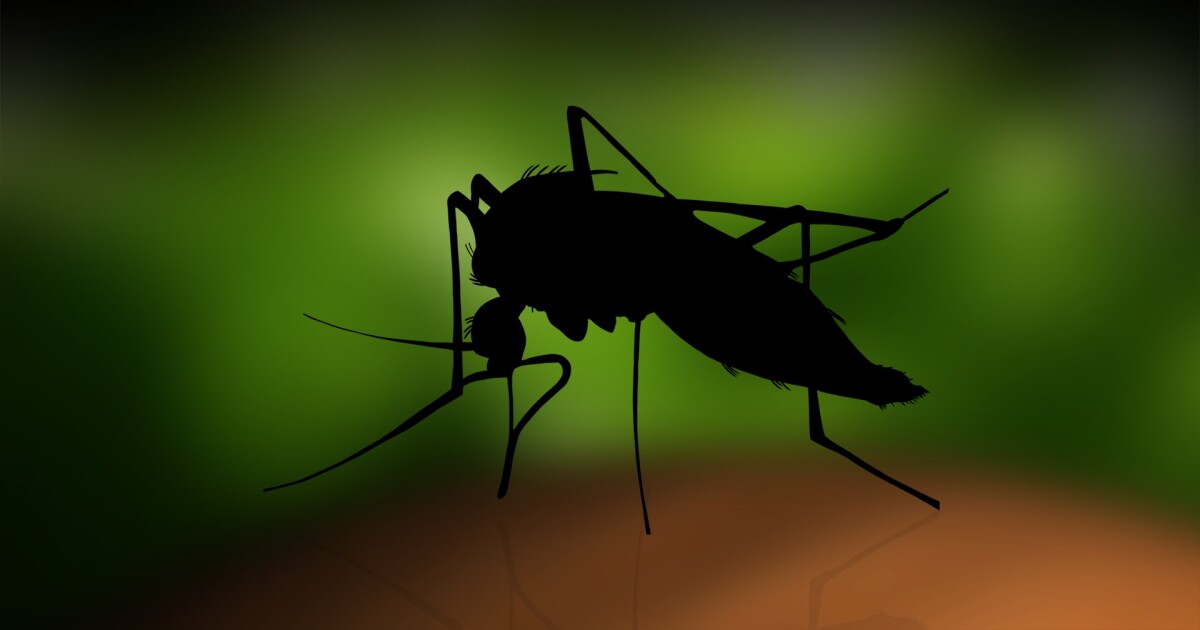
First West Nile virus death reported in Maricopa County
